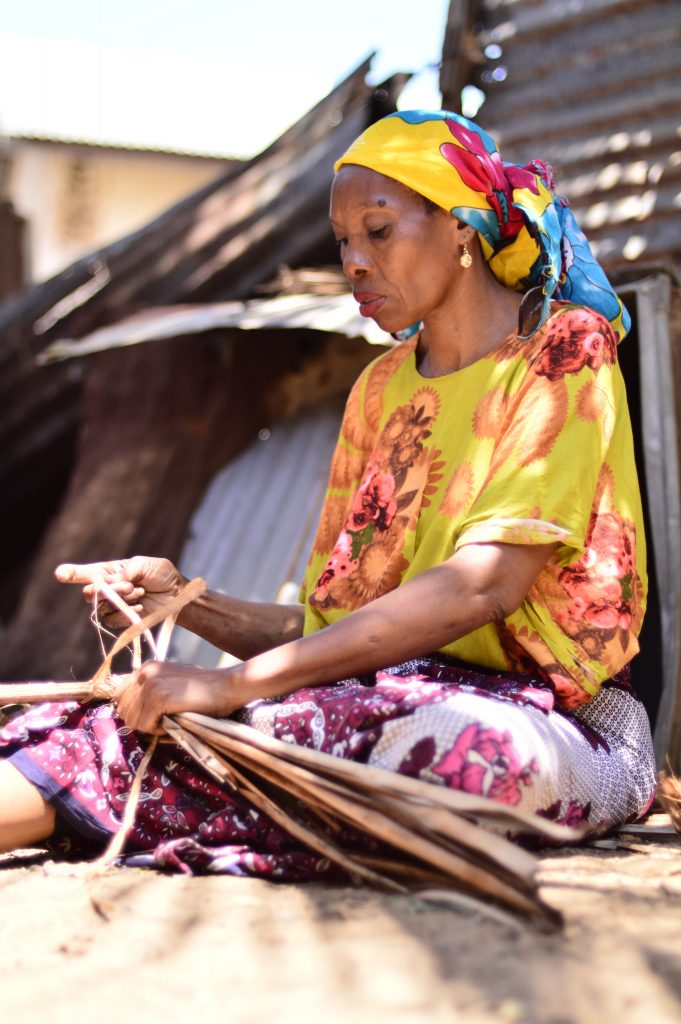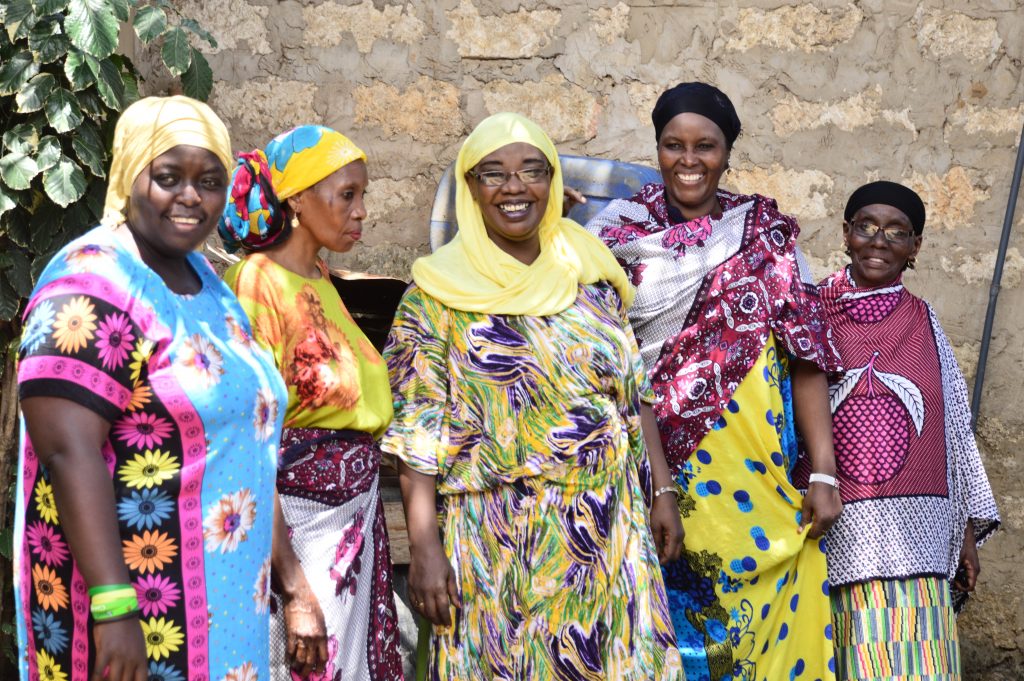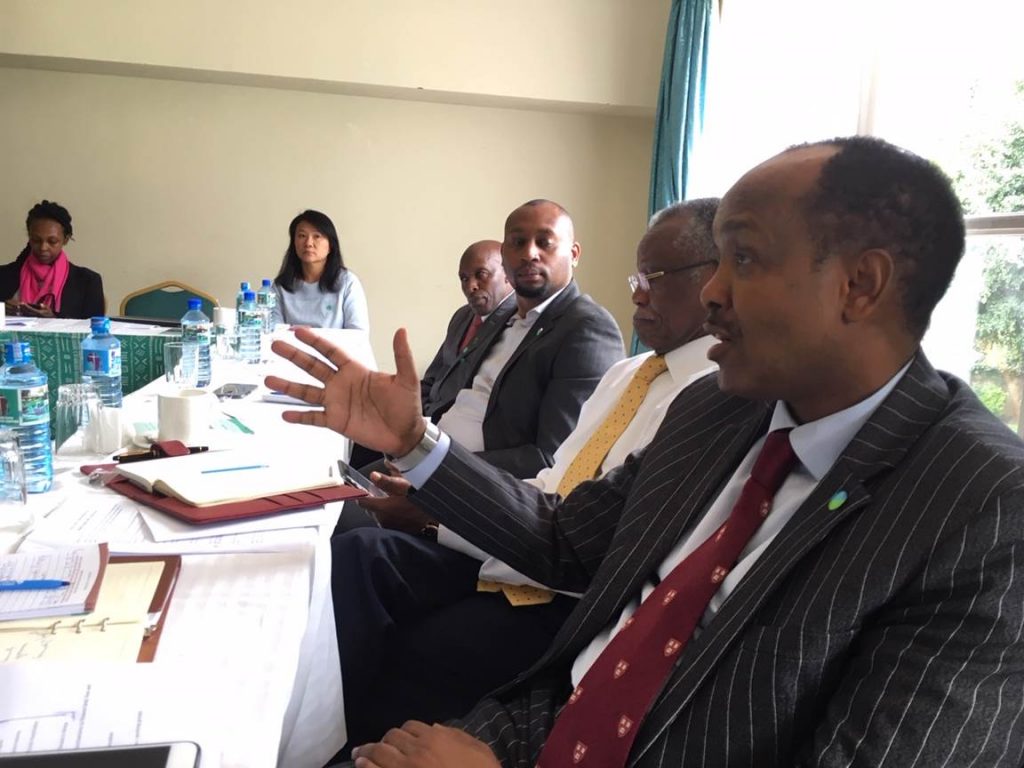By Alan Channer
There is a Kenyan saying that ‘he who goes to Mombasa may never return’, for the Indian Ocean port has many charms and opportunities. Today the city’s sprawling slums are witness to a more general challenge: rural-urban migration. Much of this is due to environmental degradation and the effects of climate change in the rural hinterland.
Caroline Dama is Kenya’s Programme Director of the Green World Campaign, a member of the Global EverGreening Alliance. Based near Mombasa, she has supervised the planting of hundreds of thousands of indigenous trees in Kenya’s coastal region. In one programme, school children worked with elders of the Mijikenda community to help restore the Kaya forests. These sacred groves, which are of great cultural significance to the Mijikenda people, are the last remnants of the original coastal vegetation and biodiversity hotspots of international importance.

School kids in Kenya; Photo credit: Green World Campaign
A delegation of South Sudanese, on a learning visit to Kenya in September 2019 supported by the Dutch Government, went especially to learn about this indigenous knowledge-youth partnership for ecosystem preservation.
‘We work mainly through schools’, says Dama. ‘In schools, children plant seedbed nurseries, and care for a variety of trees – up to 2000 trees per school. In schools, children learn environmental awareness for life. They can also pass on the approach to their parents, many of whom are farmers. Our tree nurseries become meeting points for the entire community.’
According to Marc Barasch, California-based founder of the Green World Campaign, ‘Agroforestry is a way that humanity has cooperated with nature since prehistory. We do all that we can to augment this creative relationship. Planting trees not only restores natural ecology and biodiversity and sucks up carbon dioxide, but helps resourceful people create livelihoods, preserve their culture, sustain village life, remove causes of resource conflict and urban migration, and turn their land/our Earth green again’.
Regreening can also have multiple benefits in urban environments.
Mariam Wambui and Zuhura Juma are sisters from Mtwapa, a coastal town near Mombasa. They are members of the local NGO, the Minda Trust (minda means land in Mijikenda). Mariam and Zuhura, who has participated in two meetings at the World Agroforestry Centre in Nairobi, teach the benefits and possibilities of growing trees – coconut, mango, neem and moringa – in urban and peri-urban spaces around Mombasa.

Making makuti roofing from coconut fronds; Photo credit: Leela Channer
‘We teach women’s groups how to make soap from coconut oil, which they then sell in town’, says Zuhura. ‘We help with microfinance, so that the women can buy the coconut from surrounding farms and other raw materials. This helps the livelihoods of the farmers. We also teach women the art of makuti – weaving together coconut fronds to make roofing. This is very good for shade and cooler and more environmentally-friendly than iron sheeting. We also say to people that looking after the environment is part of our religious duty, and it brings Muslim and Christian women to work together.’

Women from Minda Trust (Zuhura Juma, left; Mariam Wambui, second right) – Photo credit: Leela Channer
Their work chimes with compelling research studies on the importance of green areas in urban planning – trees confer shade, reduce heat and more healthy micro-climates.
The challenges of deforestation and land degradation in Kenya’s coastal region are immense. But there are also many actors working to evergreen the coastal region, and the climate of awareness is now changing in a positive direction.

Mukhtar Ogle, Secretary of Strategic Initiatives, Cabinet Affairs, in the Executive Office of the President; Photo credit: Alan Channer
Mukhtar Ogle, Secretary of Strategic Initiatives, Cabinet Affairs, in the Executive Office of the President, is hopeful: ‘During my recent visit to the coast I saw many challenges but also many encouraging developments – NGOs like Green World Campaign, CBOs like Minda Trust, World Agroforestry with their Regreening Africa programme, evergreening linked to peacebuilding through ‘Initiatives for Land, Lives and Peace’, and what many farmers and ordinary people are doing … By joining the dots and working together, we will make Kenya green again.’